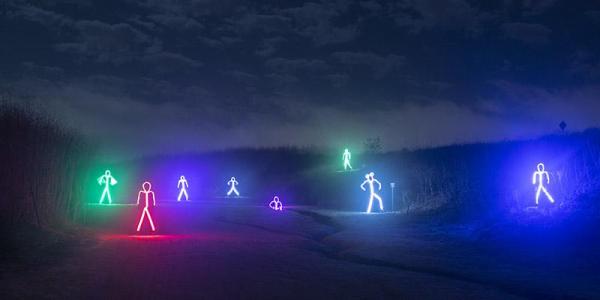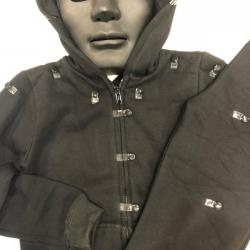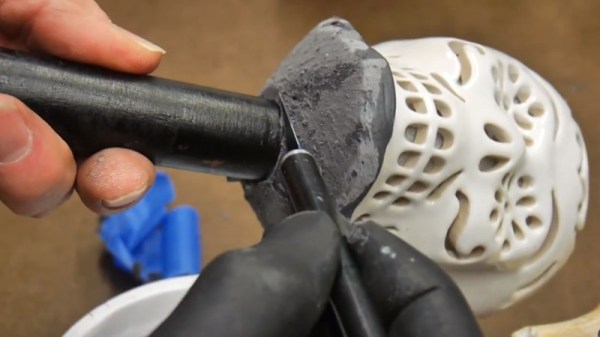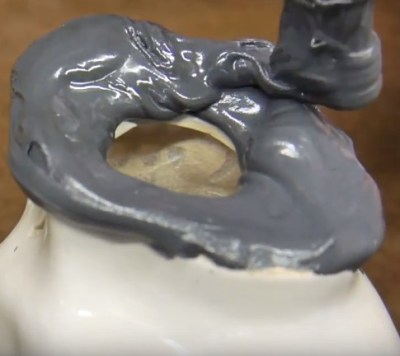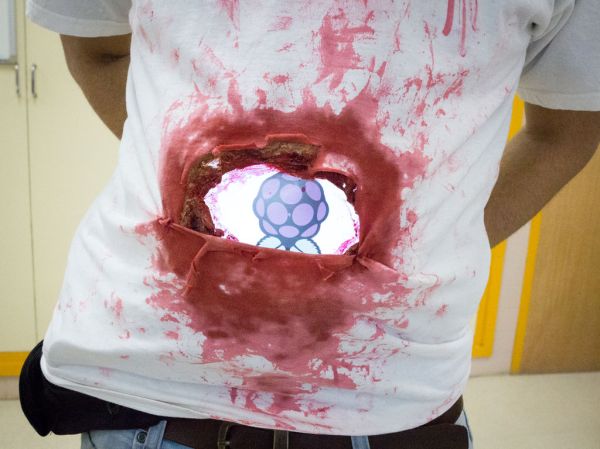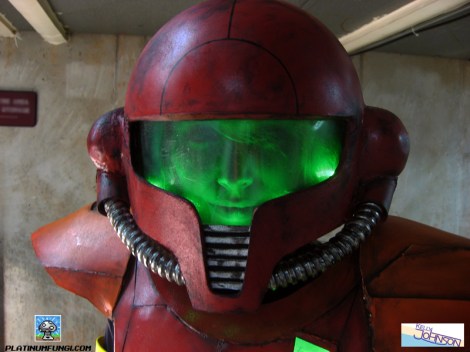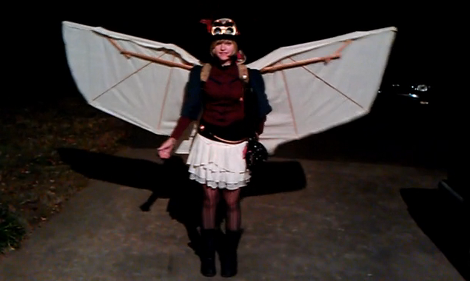Sometimes a simple idea can yield fantastic results. A few runs of LED strips fastened to a black hoody and sweatpants and just like that…a LED stick person costume for Halloween. The creator of the “Glowy Zoey” [Royce] originally put together some glow in the dark stick person suits to stand out when hitting the slopes at night. Now he’s taken that simple idea for a costume and made a small business out of it.
“I had a lot of extra parts laying around. I gathered everything up and got to work soldering.” – Royce Hutain
The suits themselves consist of button snaps and ribbon loops sewn into a pattern that routes the LED strips around the jacket’s hood and down each arm. To make the lighting effect pop, an all black plastic mask is used to cover the wearer’s face. It wouldn’t be that much a stretch to substitute EL wire in place of the LED strips if one were so inclined. We’d wager a number of you could pull this off straight out of the junkbox.
The Glowy Zoey stick figure suits even received some mainstream television press a few years ago when they were featured on Jimmy Fallon’s Late Night show. Note that visiting the Glowy Zoey website may take you back a bit since it features one of those autoplay jingles that were so prevalent in the Web 1.0 days. In fact the same jingle is used in the video below from their YouTube channel:
Continue reading “LED Stick Person Costume Lights Up The Night”

